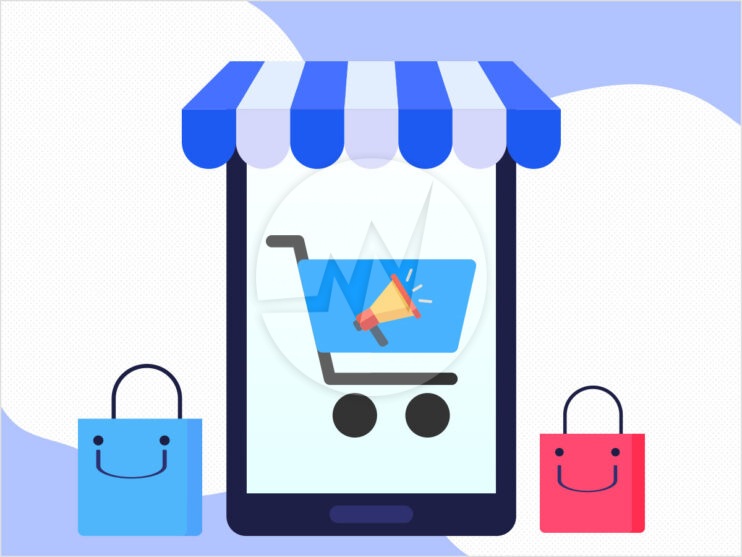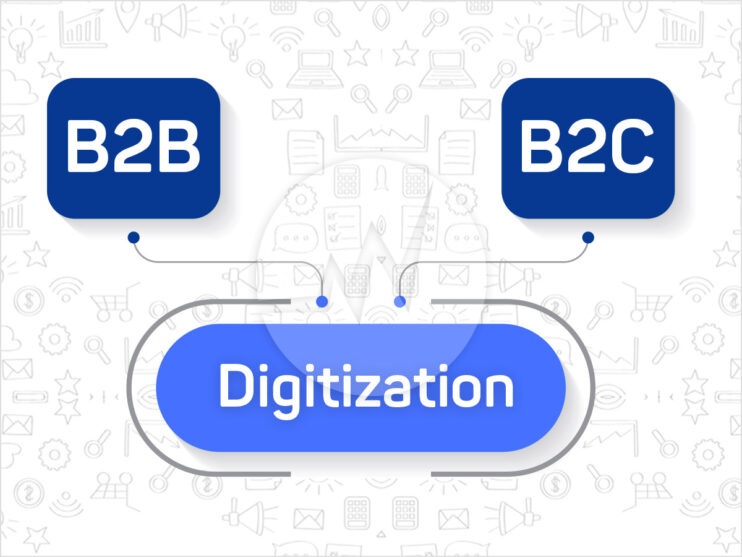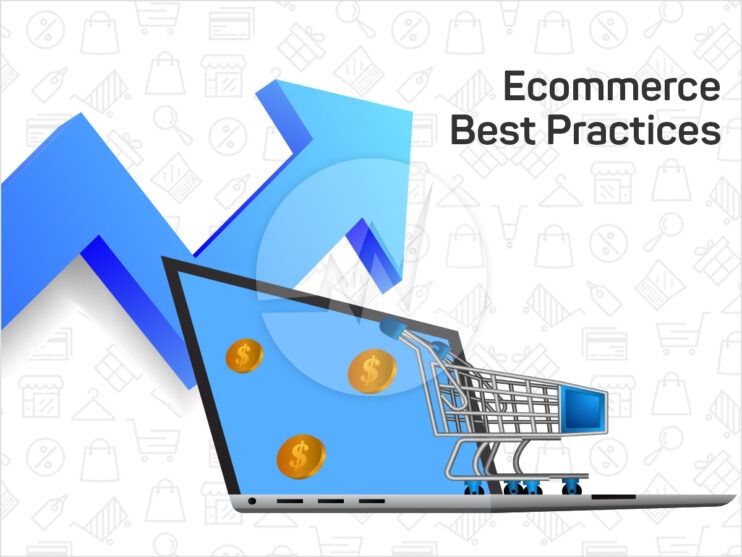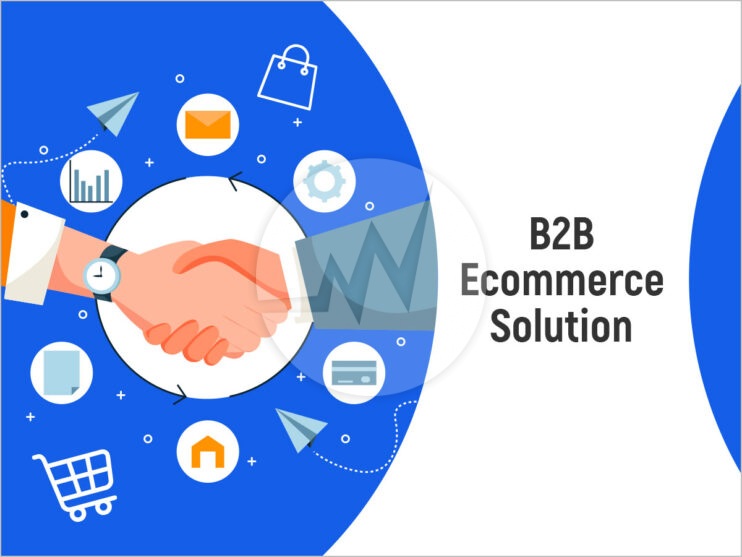How to Build Trust & Reliability in Ecommerce Store Marketing?

The offer is huge, as is the selection. It seems that all doors are open on the Internet. But how can online retailers position themselves in such a way that they are successful? There is a lot that could be philosophized about marketing and creating awareness, but two factors are primarily important on the Internet: Trust and Reliability. Every ecommerce owner also decides gut feeling. If user finds complaints about the ecommerce, the user will go to the competition. But how can ecommerce operators and service providers establish a relationship of trust with unknown customers online and appear serious?
How to build trust in ecommerce store?
Everyone who offers a service online or opens a store should write a mnemonic on every wall in capital letters: Bad experiences spread faster and have the greatest reach online.
Trust can only be created from this point of view. No content marketing can eradicate bad experiences. Before getting reviews, content marketing and positioning your own business, the following points should be worked out:
Shipping time
Stores mostly advertise with a certain shipping time. Companies must evaluate these realistically. There is no point in invoking 24-hour delivery if some of the products have to be purchased first.
Quality
If a company manufactures the products offered itself, it can probably fall back on certificates or seals. However, if the goods are to be resold, the quality certification should be requested from the manufacturer.
Security
With all products, it must be ensured that the guidelines are observed. This also includes the markings and other safety features.
Those who can ensure this can begin to build customer trust by ensuring a smooth shopping experience. The path actually leads initially via content marketing, because only through this does the store or the range of services become known:
Advertisement
There is no such thing as one advertisement. Search engine advertising offers the chance to be immediately visible for the right keywords wherever customers are looking. Initially, advertising the store name only makes sense if a well-known company is behind it. As long as nobody knows the offer, nobody will search for the store name – and if they do, the address will be entered directly.
Reviews
They are very important on the internet. Still, they can be a double-edged sword in ecommerce. If the store is quite fresh, a large number of reviews can quickly appear fake. In general, store owners should be careful and at least not buy reviews in large numbers. It makes more sense to be certified via Trusted Stores or other quality platforms and to be included in their inventory. In addition, it is important to shine with influencers and experts.
Target group advertising
Content marketing also includes advertising where the target group is. In the beginning, Facebook should always be part of the package, but the target group of the social network has shifted massively. The advertising channels must therefore fit the target group.
Positioning
Content marketing only works if the store is clearly positioned. Of course, this is difficult sometimes. Not every store offers products from just one area, but everyone should know the target group and address them accordingly.
However, all of these steps are behind one main task: The store or website must be attractively designed with easy navigation, optimized and appear reliable and trustworthy.
What should be avoided?
As store owners or online service providers, most of them want to generate customers, but also to keep them. One of them is pretty simple. Generating a customer is not rocket science, but retaining this customer is. But this is exactly where trustworthy and reputable stores differ from those for whom paying for the first order is important. Walk-in customers are immensely important for every retailer, but it is also the regular customers who ensure survival. But how can you prevent the first ordered from jumping off after the first order?
Service
Everyone in ecommerce probably knows it. There’s no stupid question that isn’t even asked. Nevertheless, the service employees must always remain friendly and helpful. It doesn’t matter if a customer asks how tall the cabinet is if the dimensions are in bold on the product page. The question is answered. If customers feel understood and have the feeling that they have been helped, they will keep the store in good memory.
Honesty
There is no dealer who does not make mistakes. It can always happen that a customer’s order goes down. But if you go there and contact the customer on your own initiative, apologize for the mishap and prioritize the order, you will admit an error without asking, but you will also prove to be trusting. If goods are resold and it is evident that there are delivery difficulties, they should be communicated before the delivery difficulty occurs. This must not be done on Facebook alone, but must always be communicated in the store itself.
Applicable information
Retailers want to promote their products and are convinced of them. They just can’t make promises on the product pages that they can’t keep. Many customers also appreciate it when they are informed about the processing steps. One email confirming the receipt of the order, another one confirming the processing. If the goods are dispatched, another email will follow, if possible, with the tracking number.
Conclusion – See yourself as a customer!
In ecommerce, it sometimes helps not to keep an eye on “the buyer”, but rather on yourself as the customer. What scares you off, what went down well with you? The team should also answer these questions. If you do this, you will quickly see a line. Nevertheless, the company’s service is very important because it is the cornerstone between inquiries, orders and complaints. The latter will always exist, but those who deal with complaints correctly can turn this customer into a real regular customer.
If you are looking for marketing opportunities for your existing ecommerce store or want to create a new ecommerce store or require any type of ecommerce solutions, Please explore our ecommerce solutions! We also provide ecommerce website maintenance services, online store maintenance services and more. For more information, Please visit our website maintenance services!






